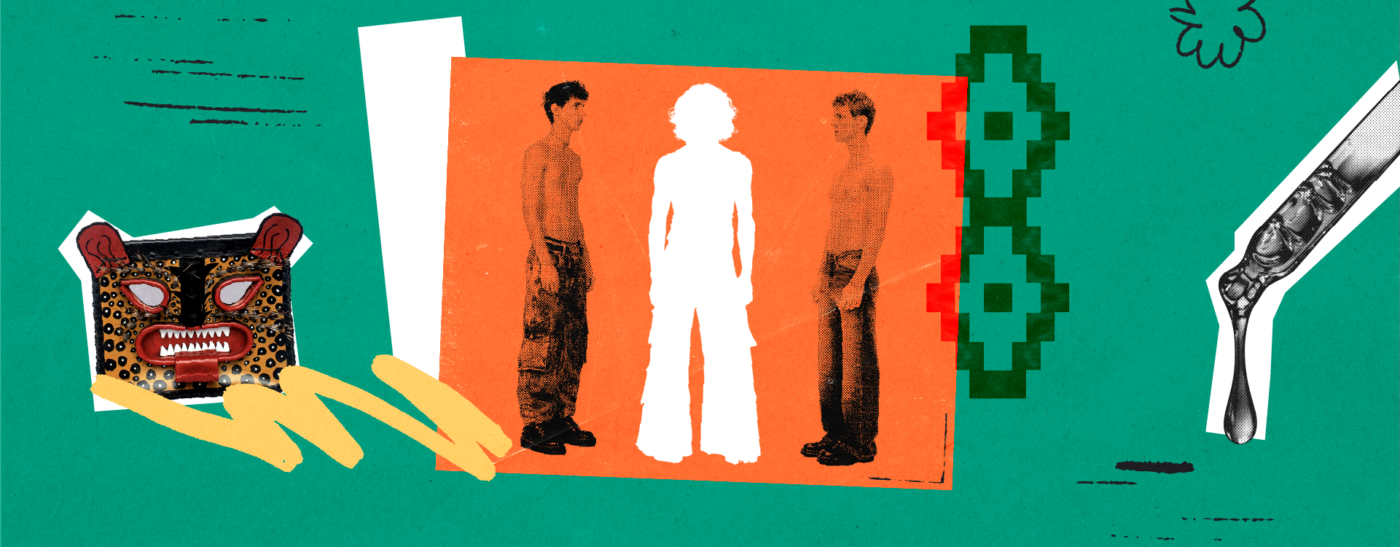We know that adapting global trends to local markets is crucial to the success of any brand that wants to stay relevant and alive. Understanding the cultural and social particularities of each region allows companies to implement innovations in a way that truly resonates with local audiences.
In our most recent webinar, in which we addressed the integration of new trends and innovations by companies to design an impactful future, our guest Daniela Klaiman, CEO of FutureFuture, emphasized the importance of adapting, or rather ‘translating’ trends according to the needs of each region. “Generally, trend reports come from abroad, and you can’t just copy and paste foreign trends here in Brazil, or in Latin America.”
This principle is especially sensitive when we look at emerging trends that raise discussions in various spheres, such as gender neutrality. Addressing this issue in Latin America goes beyond adapting a global idea; it’s a reinterpretation that considers the values, expectations and specific needs of local consumers.
In the context of Latin America, where around 18% of Gen-Z identify as part of the LGBTQIA+ community, adopting a non-binary approach to product design represents a great opportunity for brands to adopt a more inclusive perspective, seeking to connect with audiences who value diversity and the expression of unique identities.

People come back with lots of ideas from SXSW, for example, but it's crucial to understand what makes sense and what doesn't for each market, and how to adapt trends to the local culture where they will be applied. What is the right time and the right way to do this? Translation is key, because trends that don't reflect our reality won't be relevant to our audience. The mistake is not in the trend itself, but in the fact that it is not adapted or "tropicalized", if you will.
Daniela Klaiman, CEO of FutureFuture
In our Useful Design Trends 2024 report, we addressed the “death of gender”, pointing out examples of brands and businesses that promote a design and marketing approach that moves away from binary gender norms, welcoming diversity. To see how this trend is unfolding in Latin America, we looked at some other examples from our region:
Another Place (Brazil): “Gender-free, no labels, to wear however you want” is the call from the Another Place clothing brand.
Papel de Punto (Colombia): unisex clothing made from partially recycled fabrics, emphasizing its “clean and fun” profile.
Simple Organic (Brazil): Brazilian representative of free beauty, the brand defines itself as democratic, disruptive, genderless and concerned about the health of people and the planet.
O Boticário (Brazil): various products with gender-neutral fragrances for anyone to use.
Anacê (Brazil): a brand that offers a fresh look at traditional tailoring, with flowing garments and no distinction between genders.
Carla Fernández (Mexico): Mexican designer known for transforming indigenous textile techniques into contemporary clothing that respects and celebrates culture and fluid gender identity.
Isaac Silva (Brazil): a democratic store selling genderless clothes that fit all body types.
Brands that embrace this approach not only promote inclusion, but also establish themselves as benchmarks in an increasingly aware and demanding market.

Design is a work of facilitation; we are facilitators when it comes to trends. Our main role is to translate and then present them to clients so that they can understand and apply each one appropriately.
Luís Bartolomei, CEO of CBA B+G
Although the gender neutrality trend is emerging as a point of reflection and action for many brands globally, in Latin America there is a certain hesitancy to fully adopt it. Despite examples of innovative initiatives, the scarcity of widely known cases reveals that this trend is often still seen as a niche.
This is reflected not only in the limited supply of products that challenge gender norms, but also in customers’ hesitation to recognize and embrace this cultural shift in their daily consumption practices.
This scenario suggests both an opportunity and a challenge: while there is fertile ground for innovation and differentiation in the market, there is also a need to cultivate a deeper understanding of the benefits and value of gender inclusion in product and service design. After all, truly adopting global trends in local contexts requires more than just introducing new products – it requires transforming perceptions and attitudes.
So the question is: are we ready to lead this change or will we be content to follow the pace of social and cultural transformation in our region? The answer to this question will define the future of inclusive design in Latin America and the role we will play on the global stage of social innovation.

